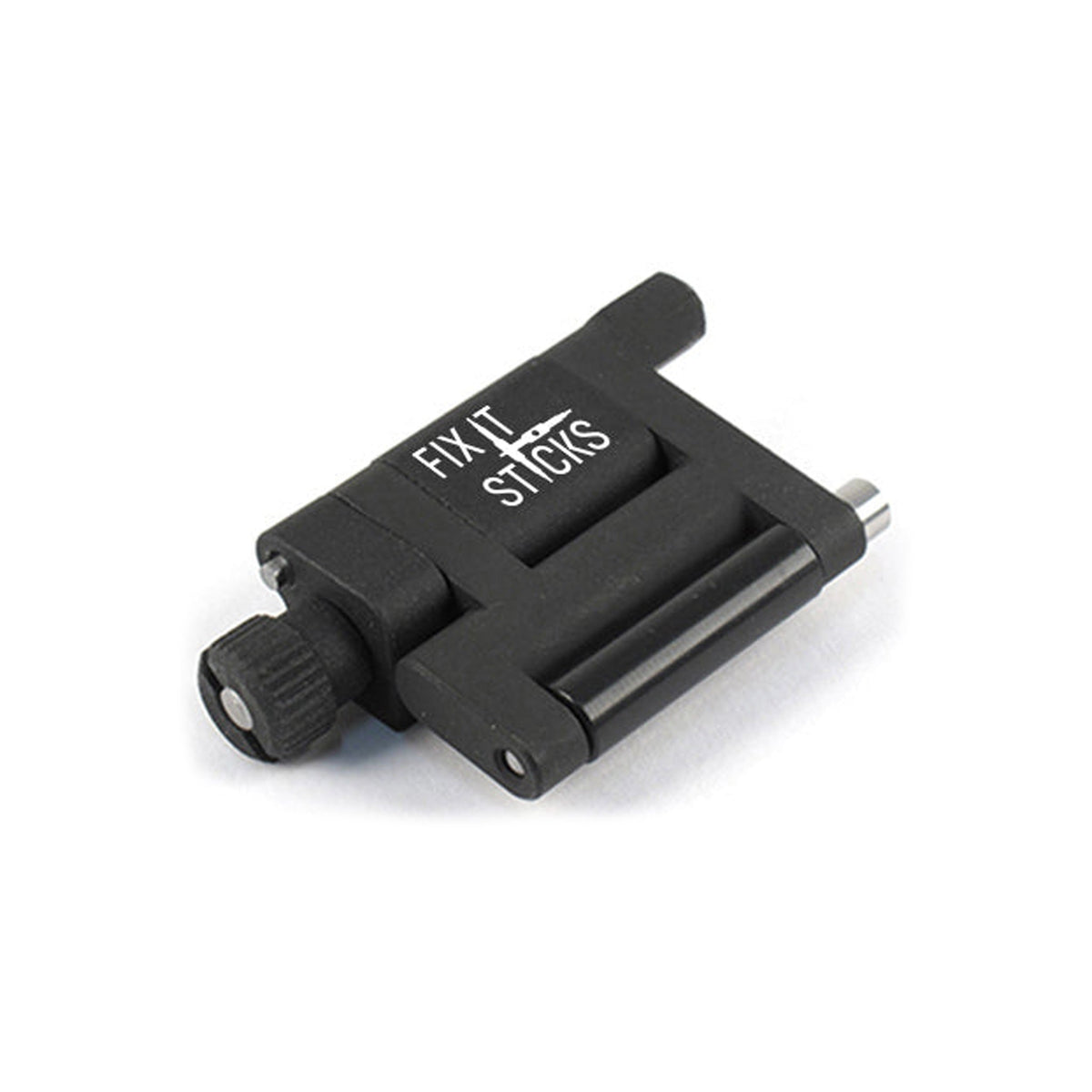I know where I stand in this. What about you?

 store.fixitsticks.com
store.fixitsticks.com

Scope Jack | Fix It Sticks
Use the Fix It Sticks Scope Jack to quickly and easily level your scope to your NATO/Pic rail.

